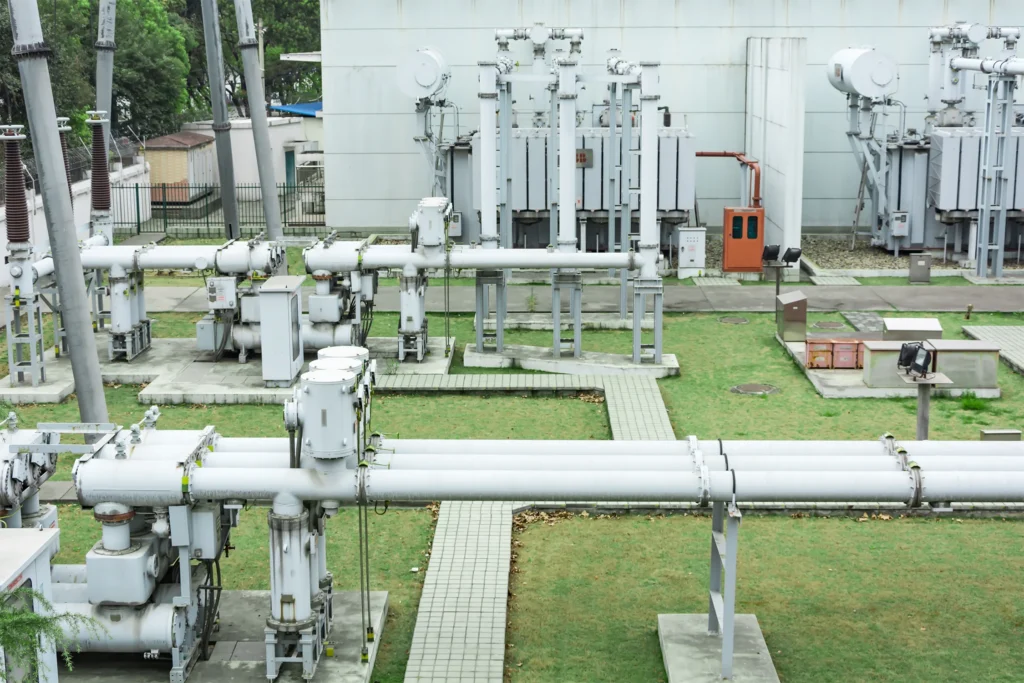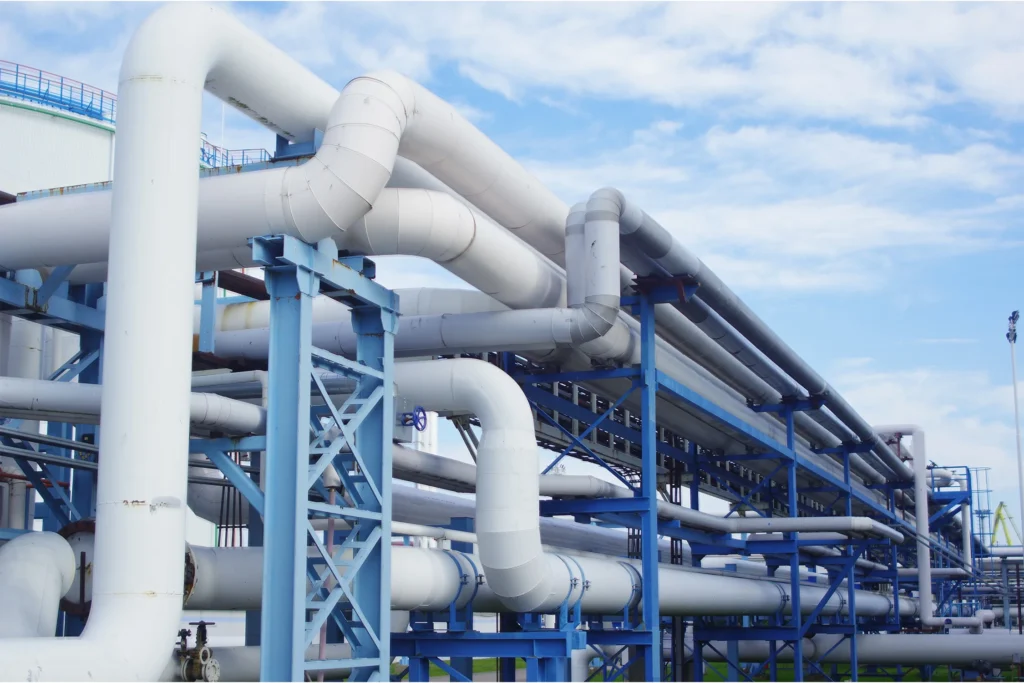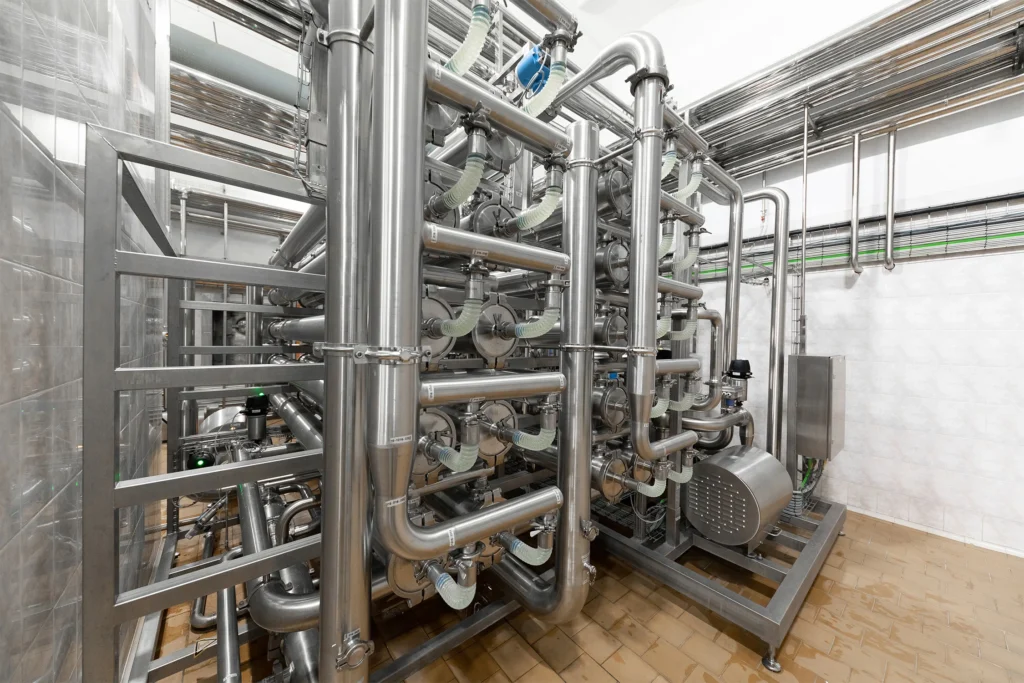Industrial Oil Cooling
Industrial oil cooling is essential for maintaining optimal performance and longevity in machinery, hydraulic systems, and other industrial applications. Effective thermal management prevents overheating, reduces wear and tear, and ensures efficient operation.
What are Brazed Plate Heat Exchangers (BPHEs)?
The Role of BPHEs in Industrial Oil Cooling
Importance of Optimizing Oil Cooling
Inefficient oil cooling can lead to serious performance and maintenance challenges. Without an effective heat exchange solution, systems may experience the following issues:
Overheated oil forces pumps and compressors to work harder, leading to higher energy consumption and operational costs. Without an efficient cooling solution, machinery suffers from excessive strain and reduced efficiency.
Traditional cooling methods are often prone to fouling and clogging, requiring frequent maintenance and causing unexpected downtime. A well-designed BPHE reduces these risks, ensuring long-term reliability.



Benefits of AlorairCoil’s BPHEs in Industrial Oil Cooling
AlorairCoil’s BPHEs feature a fishbone corrugated plate design that enhances turbulence and maximizes surface contact, resulting in up to 99% heat transfer efficiency. This allows for faster cooling of hydraulic, lubricating, or process oils, reducing thermal stress on equipment and improving overall operational efficiency.
Unlike bulky shell-and-tube heat exchangers, BPHEs offer high cooling capacity in a compact footprint.
AlorairCoil BPHEs deliver high-capacity thermal performance in a compact unit, making them ideal for integrating into tight equipment enclosures or skid-mounted systems. Their slim profile and flexible mounting orientation make installation easier without sacrificing cooling performance.
Industrial oil cooling applications demand components that can withstand constant pressure, high temperatures, and harsh operating environments.
AlorairCoil’s BPHEs are built from SS316L stainless steel and vacuum-brazed with copper, ensuring tight, uniform bonds that resist mechanical stress, corrosion, and fatigue. This makes them exceptionally reliable in high-pressure hydraulic systems, compressors, and heavy-duty processing equipment.
With no gaskets to replace and a smooth internal surface that resists fouling and clogging, it requires minimal maintenance, reducing operational costs while ensuring uninterrupted system performance.
Choosing the Right BPHE

Load Capacity
Calculate the amount of heat transfer needed to ensure that the heat exchanger is capable of handling the required thermal load and maintain system efficiency.

Operating Temperatures and Pressures
Choosing a BPHE with the appropriate tolerance ensures safe and efficient operation while preventing potential failures due to extreme conditions.

Fluid Type and Flow Rates
The type of fluid being processed the heat exchanger’s flow rate capacity affects the performance and longevity of the BPHE.

Material Compatibility
Material selection is vital to prevent corrosion and degradation, particularly with highly aggressive or specialized fluids that may require alternative configurations.

Available Space
Ensuring proper clearance for connections and maintenance access can prevent operational issues and facilitate easy integration into the system.
Conclusion
Brazed plate heat exchangers provide a high-performance, reliable, and space-efficient solution for industrial oil cooling applications. By ensuring optimal oil temperature regulation, BPHEs enhance system efficiency, reduce operational costs, and prolong equipment lifespan.
